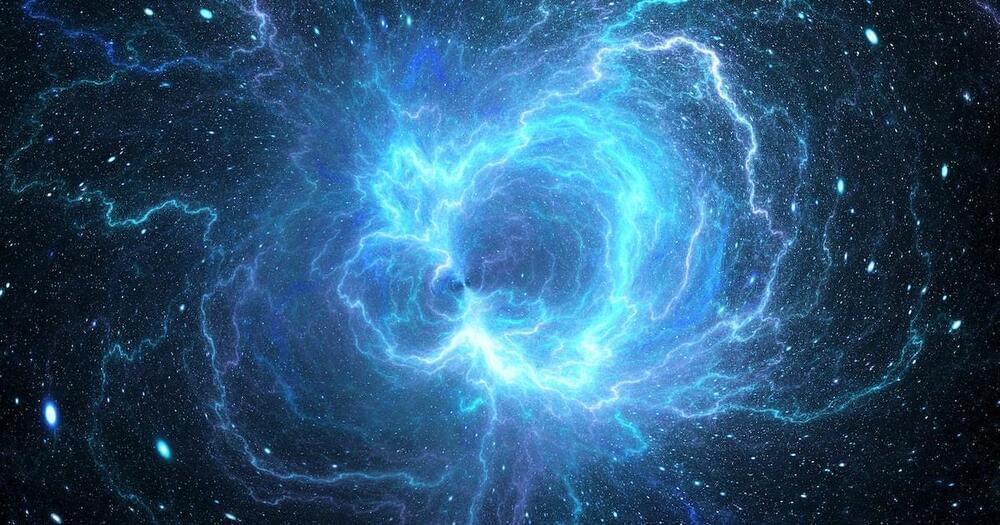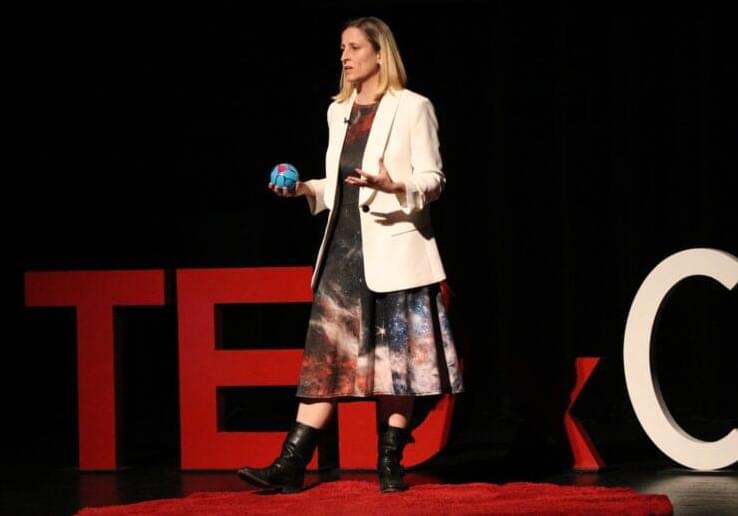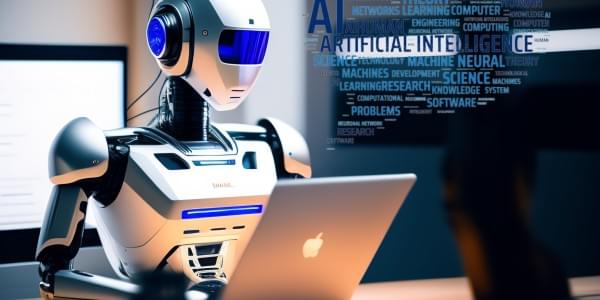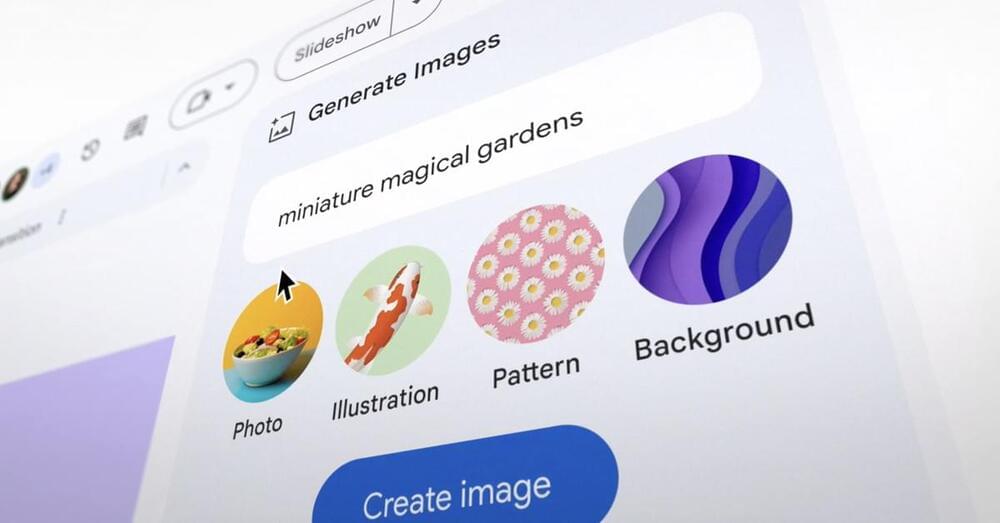FallenKingdomReads’ list of The Top 5 Science Fiction Books That Explore the Ethics of Cloning.
Cloning is a topic that has been explored in science fiction for many years, often raising questions about the ethics of creating new life forms. While the idea of cloning has been discussed in various forms of media, such as movies and TV shows, some of the most interesting and thought-provoking discussions on the topic can be found in books. Here are the top 5 science fiction books that explore the ethics of cloning.
Alastair Reynolds’ House of Suns is a space opera that explores the ethics of cloning on a grand scale. The book follows the journey of a group of cloned human beings known as “shatterlings” who travel the galaxy and interact with various other sentient beings. The book raises questions about the nature of identity and the value of individuality, as the shatterlings face challenges that force them to confront their own existence and the choices they have made.









